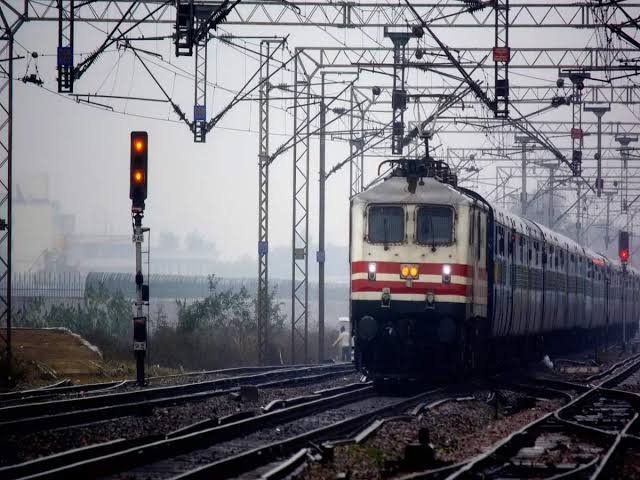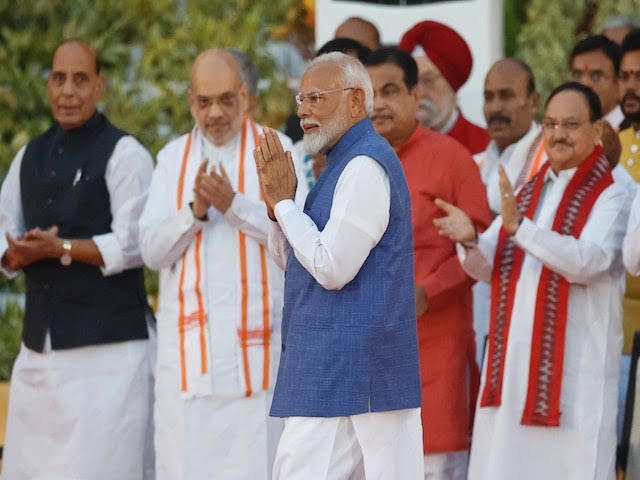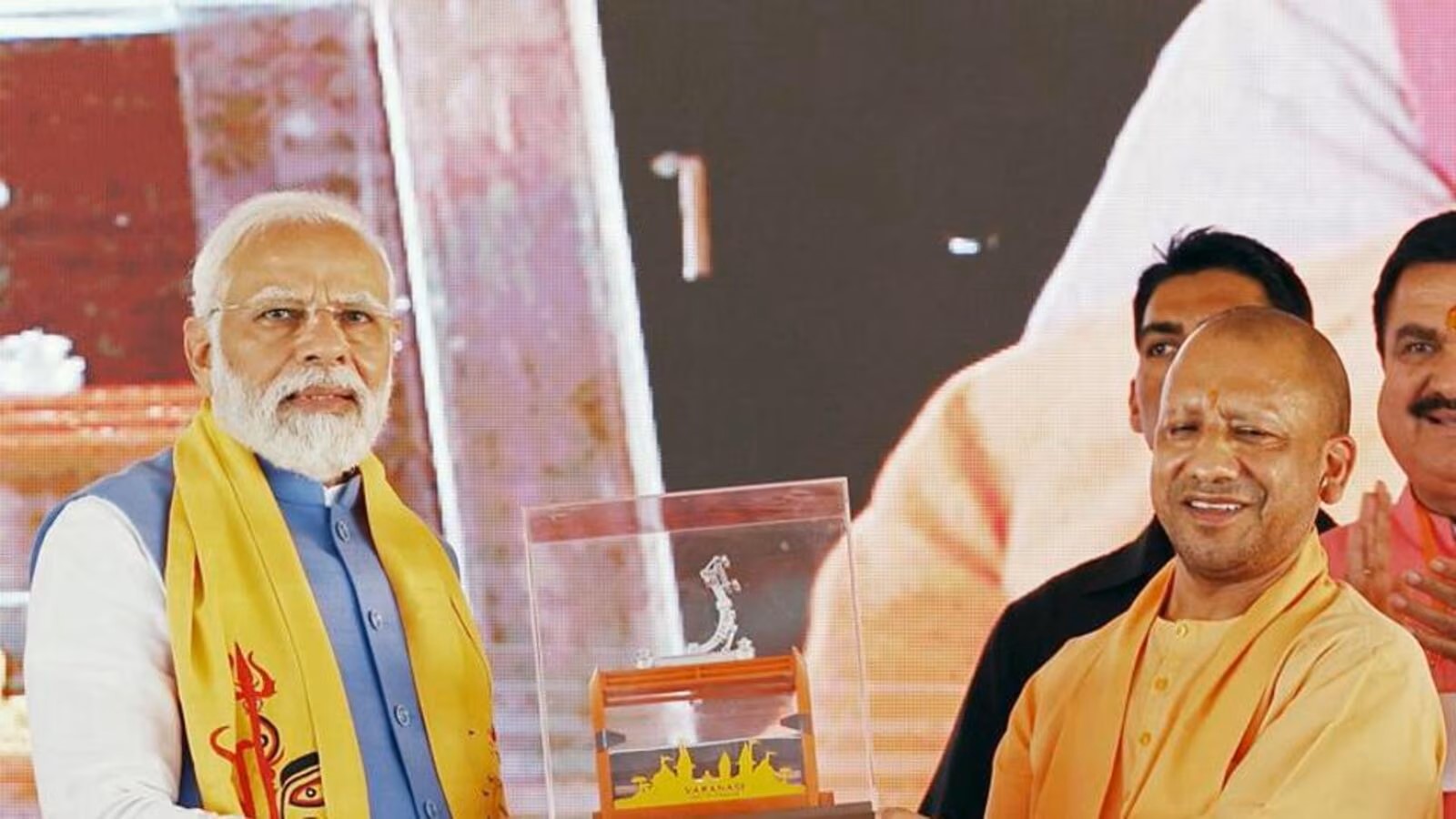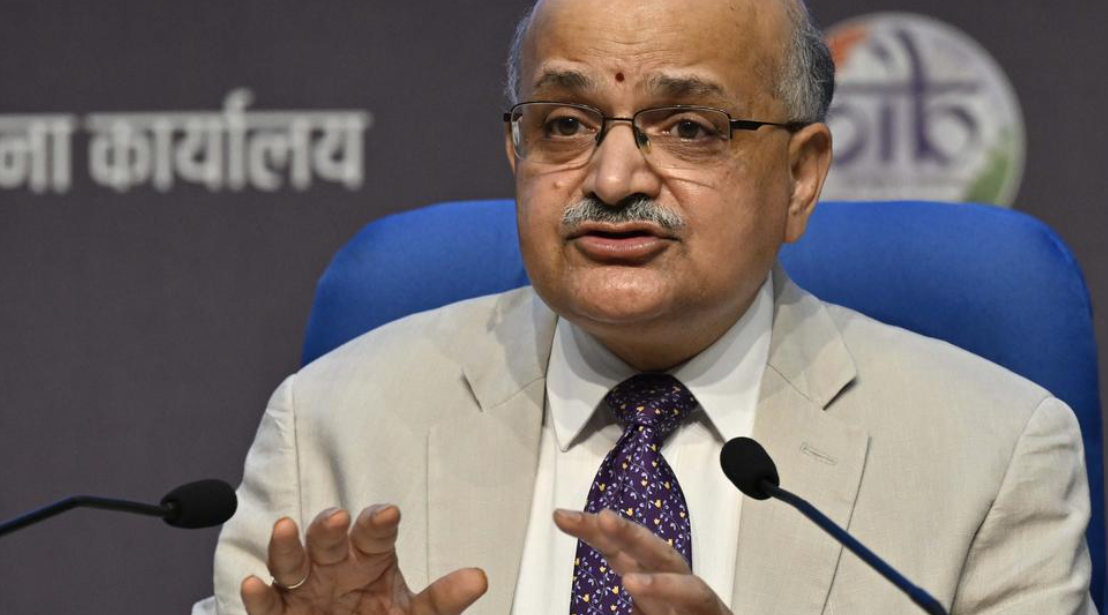Indian Railways is making significant strides toward achieving its ambitious Net Zero emissions goal, with a strong emphasis on renewable energy integration. Addressing investors and entrepreneurs at the Global Investors Summit 2025 in Bhopal, Union Minister for Railways, Information & Broadcasting, and Electronics & IT, Shri Ashwini Vaishnaw outlined the government’s vision for complete electrification and an increased reliance on sustainable energy sources.
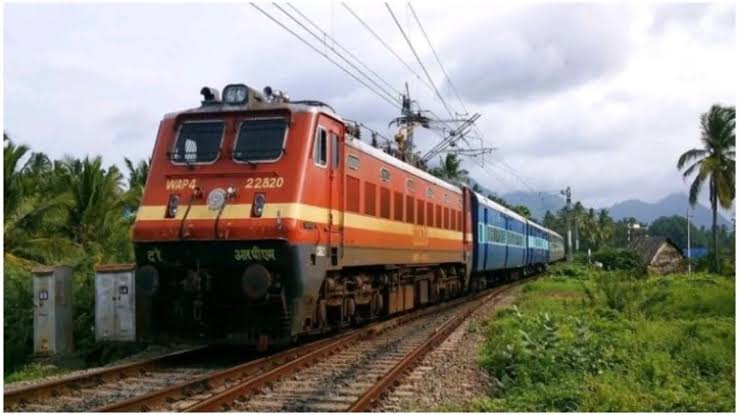 Participating via video conferencing from Rail Bhawan, the Minister reaffirmed Indian Railways’ commitment to reaching 100% electrification by the 2025-26 financial year. A major milestone in this journey was the signing of a 170 MW Power Purchase Agreement (PPA) with the Madhya Pradesh government, marking the procurement of India’s cheapest renewable energy at just Rs 2.15/kWh. The Rewa Ultra Mega Solar Power Limited (RUMSL) will supply this power from its expansive solar park, reinforcing the railway network’s transition to green energy.
Participating via video conferencing from Rail Bhawan, the Minister reaffirmed Indian Railways’ commitment to reaching 100% electrification by the 2025-26 financial year. A major milestone in this journey was the signing of a 170 MW Power Purchase Agreement (PPA) with the Madhya Pradesh government, marking the procurement of India’s cheapest renewable energy at just Rs 2.15/kWh. The Rewa Ultra Mega Solar Power Limited (RUMSL) will supply this power from its expansive solar park, reinforcing the railway network’s transition to green energy.
To date, Indian Railways has secured 4,260 MW of installed solar energy capacity and 3,427 MW of wind energy, significantly reducing its dependence on fossil fuels. Shri Vaishnaw encouraged states to collaborate by contributing solar, wind, hydro, and nuclear energy to the railway system, emphasizing a collective approach to sustainable energy procurement.
The Minister also highlighted the record budget allocation of Rs 14,745 crore for railway infrastructure in Madhya Pradesh for FY 2025-26. The expansion of railway track laying from 29 km per year before 2014 to 230 km annually today showcases the government’s commitment to modernization and efficiency.
Beyond electrification, Indian Railways is focused on large-scale renewable energy projects. RUMSL, as a designated Solar Power Park Developer under the Ministry of New and Renewable Energy, has played a pivotal role in this initiative. The solar parks in Madhya Pradesh, including those in Agar, Shajapur, and Neemuch, contribute substantially to the national green energy supply.
This transition to renewable energy is not only a step towards environmental sustainability but also a strategic move to reduce logistics costs and oil imports. Indian Railways’ long-term vision involves increasing renewable energy usage for traction power, with projections estimating a 10,000 MW requirement by 2030. By leveraging direct PPA agreements, partnerships with developers, and independent solar installations, the railway sector is
Indian Railways is making significant strides toward achieving its ambitious goal of becoming a net-zero carbon emitter, with a strong commitment to electrification and renewable energy adoption. Addressing investors and entrepreneurs at the Global Investors Summit 2025 in Bhopal, Union Minister for Railways, Information & Broadcasting, and Electronics & IT, Shri Ashwini Vaishnaw, reaffirmed the government’s dedication to sustainable railway infrastructure. Participating via video conferencing from Rail Bhawan, he outlined the progress made so far and the roadmap ahead for integrating renewable energy into the railway network.
A major milestone in this journey was marked by the signing of a 170 MW Power Purchase Agreement (PPA) between Indian Railways and the Madhya Pradesh government. This agreement ensures the procurement of India’s most affordable solar power at just Rs 2.15/kWh, reinforcing the commitment to cleaner energy. The deal, facilitated by Rewa Ultra Mega Solar Power Limited (RUMSL), strengthens the ongoing collaboration between the state government and Indian Railways in promoting sustainable energy solutions.
Indian Railways has already secured 1,500 MW of renewable energy and continues to expand its capacity. To date, it has tied up 4,260 MW of installed solar energy and 3,427 MW of installed wind energy to meet its power requirements. By 2030, the railway’s traction power demand is expected to reach 10,000 MW, with a growing share of it sourced from non-fossil fuel-based energy.
Highlighting the importance of nationwide collaboration, the Railway Minister urged all Indian states to contribute solar, wind, hydro, and nuclear energy to Indian Railways, fostering a collective approach toward energy sustainability. He praised Madhya Pradesh’s Chief Minister, Shri Mohan Yadav, for his proactive role in advancing railway infrastructure in the state, emphasizing that such collaborations are key to achieving the net-zero target.
The Indian government has also made a historic allocation of ₹14,745 crore for Madhya Pradesh’s railway infrastructure for FY 2025-26, the highest-ever budgetary support for the state. Railway development has accelerated significantly, with annual track-laying rates increasing from 29 km before 2014 to 230 km today, representing a 7.5-fold increase.
Rewa Ultra Mega Solar Power Limited (RUMSL) plays a crucial role in India’s renewable energy landscape. Established as a Solar Power Park Developer (SPPD) under the Ministry of New and Renewable Energy (MNRE), RUMSL was tasked with developing large-scale solar parks under the Ultra Mega Renewable Energy Power Projects (UMREPP) scheme. The solar parks, located in Agar, Shajapur, and Neemuch districts of Madhya Pradesh, collectively have a capacity of 1,500 MW. The electricity supplied to Indian Railways from these projects significantly contributes to reducing carbon emissions in the transportation sector.
RUMSL’s efforts have led to groundbreaking achievements, including the lowest-ever solar tariff of Rs 2.97 per kWh for a public-private partnership (PPP) solar project in India, without requiring viability gap funding from the government. The initiative has been recognized in the Prime Minister’s “Book of Innovation” and was honored with the prestigious “President Award” from the World Bank.
Indian Railways’ transition to green energy is not just a step towards sustainability but also a strategic move to reduce dependence on fossil fuels, lower logistics costs, and promote economic efficiency. By integrating solar, wind, and nuclear energy sources, the national transporter is setting an example for large-scale public sector energy transformation. The recent agreements and infrastructural investments signal a future where Indian Railways operates with minimal environmental impact while catering to the growing transportation needs of the country.

